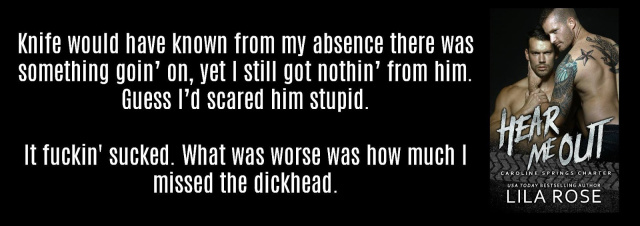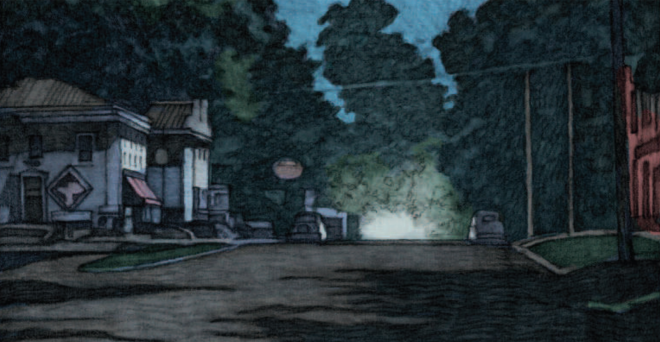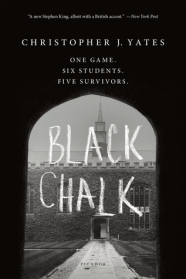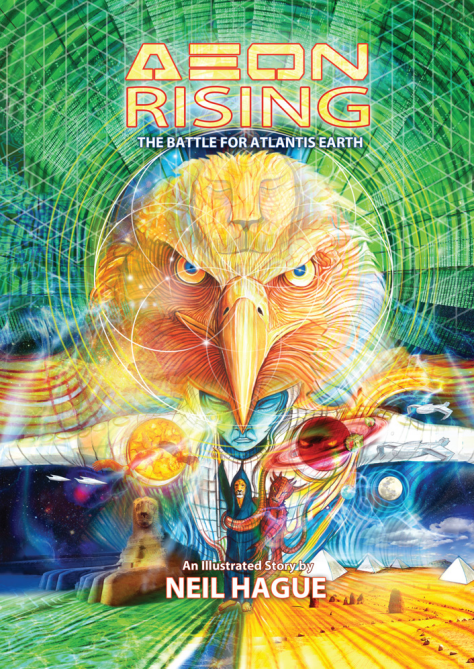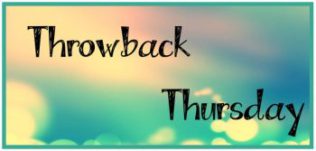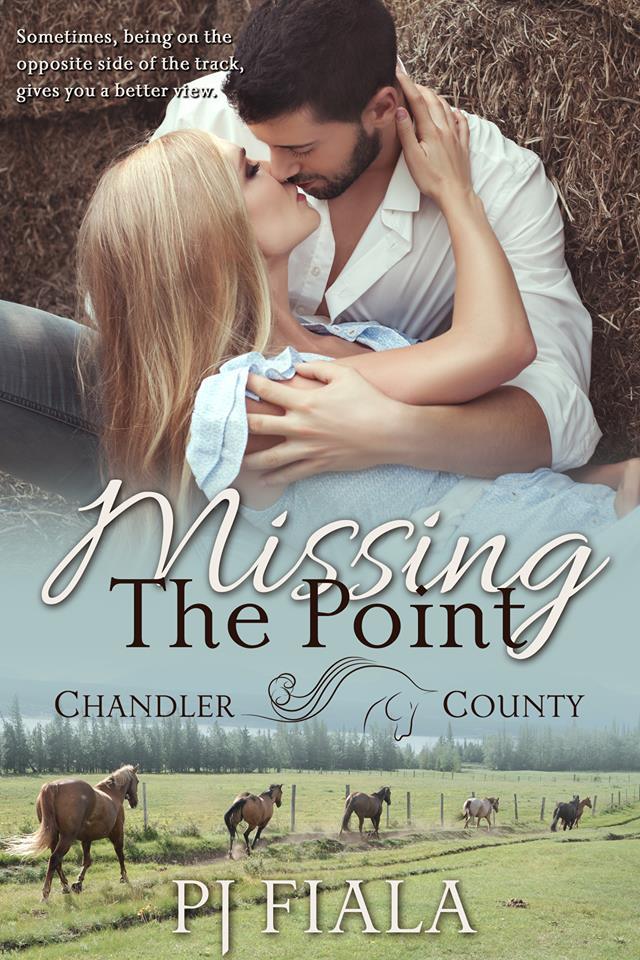Download links for: George Sprott, 1894-1975


Reviews (see all)
Write review
I'd probably put this on the short list of the best graphic novels I've read.
one of my first graphic novels -- fascinating, sad, beautiful.
Mawkish sentimentality expertly drawn.
Other books by Graphic Novels & Comics
Other books by Seth
Related articles

